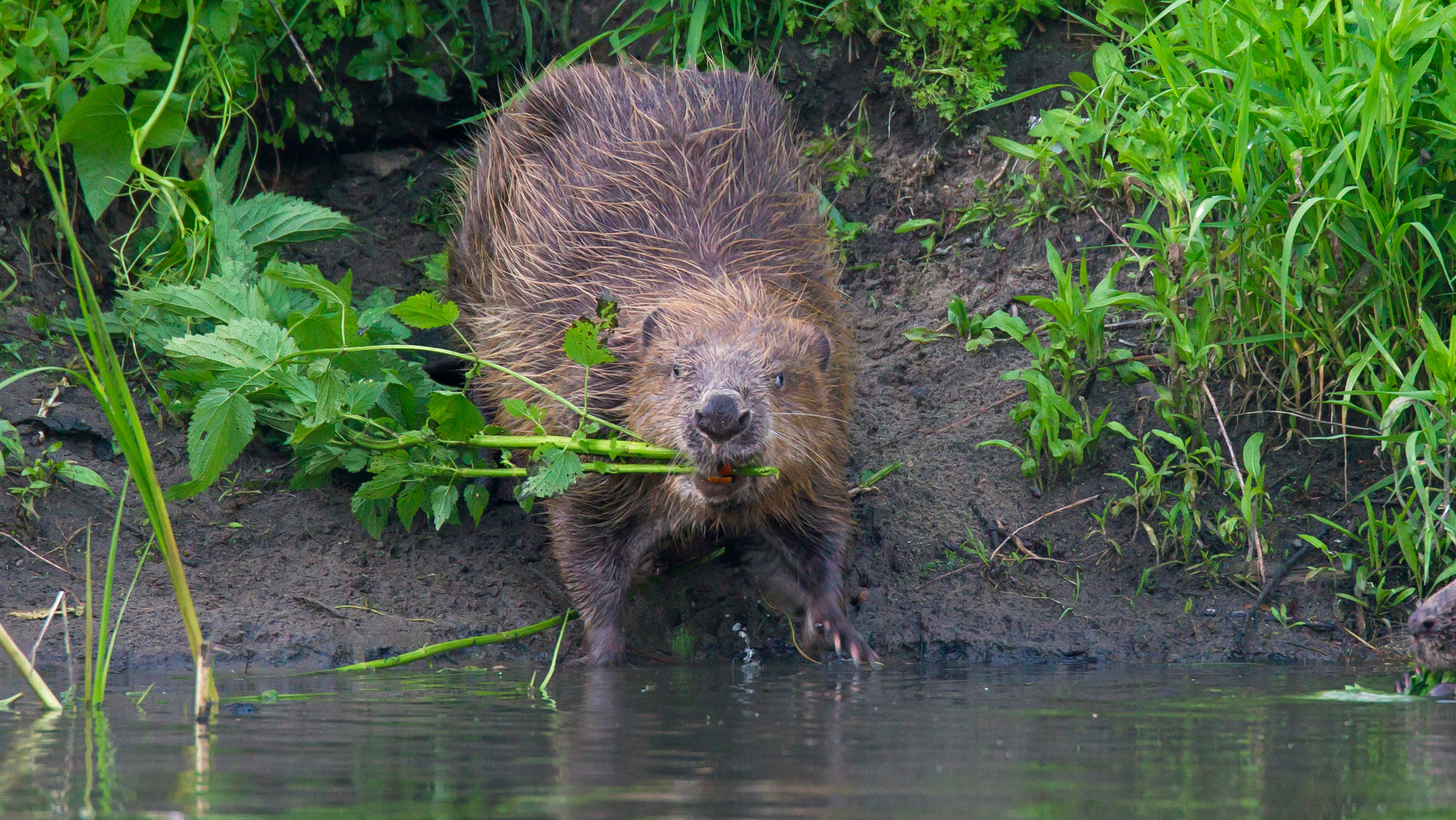Great News, You Can Now Buy Whiskey Flavored With Beaver Secretion
Castoreum is a yellowish, strong-smelling secretion that comes from the castor sacs found near the base of a beaver's tail. It's an FDA-approved food additive, and hey, you can now get whiskey that's flavored with the stuff.
That knowledge comes courtesy of this piece from Food & Wine's Mike Pomranz, which spotlights a nice little beaver musk whiskey made by Tamworth Distilling of New Hampshire. Fear not, castoreum is an FDA-approved food additive. That's actually how this spirit came about. Tamworth's team was looking to develop a new spirit, and in hopes of securing a speedy all-clear from the Alcohol And Tobacco Tax And Trade Bureau, they went straight to the FDA's list of ingredients that are already considered safe. Castoreum understandably caught their attention.
Tamworth's head distiller, Steven Grasse, said in a statement provided to Food & Wine that "there was a time when it was ubiquitous and used widely as a flavoring agent and in perfume... I was curious what would it taste like in one of our unreleased bourbons from Tamworth Distilling—so we tried it, and it worked beautifully."
You may have some questions. Let's address those.
- Per Snopes: "Getting a beaver to produce castoreum for purposes of food processing is tough. Foodies bent on acquiring some of the sticky stuff have to anesthetize the animal and then 'milk' its nether regions."
- How do I follow that?
- It's also used in perfume, thanks to an aroma that's apparently musky with notes of vanilla.
Because castoreum isn't, um, particularly easy to get, it's not widely used as a food additive. Unsurprisingly, Tamworth's spirit, called House of Tamworth Eau de Musc, is a limited release, and if you snap one up, it'll cost you $65. What you'll get, according to the Tamworth Distilling website:
The sac excretion exhibits bright and fruit qualities (raspberry) and rich leathery notes along with creamy vanilla aroma. These notes are also very common among barrel aged spirits, so a natural progression took place. From that structure came the addition of woodsy aroma: Birch oil, wild ginger, and fir needles. They are a great way to link the oak barrel components (vanilla, caramel, spice) to the beaver's contribution. The result is a rich, full bodied 2-year bourbon that bolsters a vanillic nose and fruity, floral finish — a medley of charming flavors that are sure to impress.
I mean, that sounds pretty great. But is it worth milking an unconscious beaver for?
